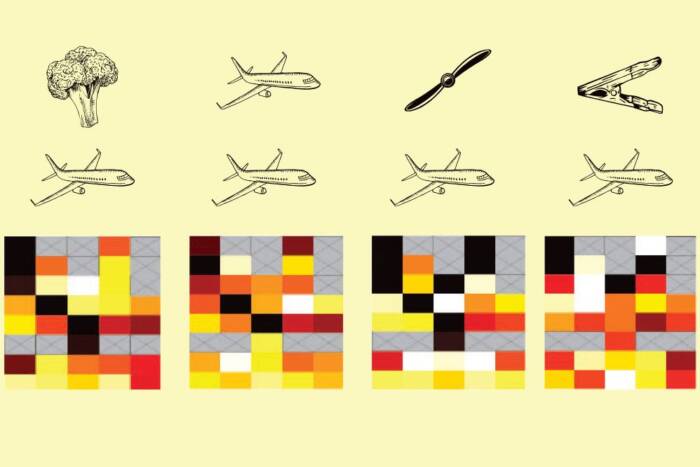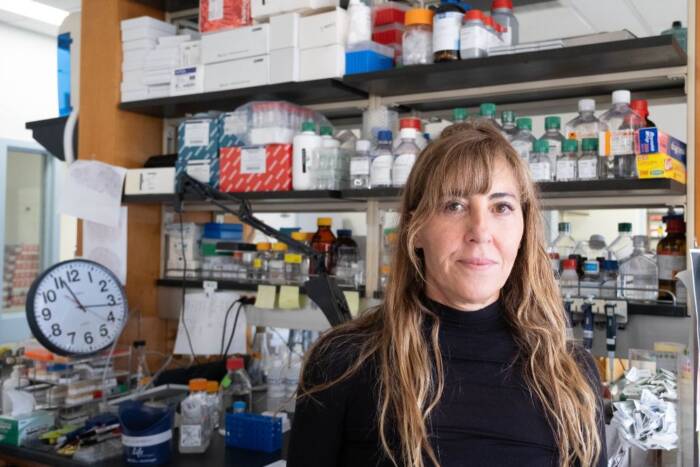Mary C. Abraham
B.A., M.Sci., University of Cambridge
A New Type of Programmed Cell Death in C. elegans
presented by Shai Shaham
I have been remarkably lucky to have strong capable scientists pass through my lab. Mary Abraham is certainly a reflection of this luck. Mary was the second student to officially join my lab, and it was clear to me right from the outset that she was in love with science. This was reflected not only by her words, but particularly by her passion and excitement at learning or discovering something new. It is fitting, therefore, that Mary chose for her studies in my lab to examine the death of a cell in Caenorhabditis elegans that had been flagged as potentially unlike other cell deaths in the animal. Through a rigorous set of experiments, motivated by unparalleled attention to detail, Mary essentially discovered a novel cell death program in C. elegans. I vividly remember one day when she entered my office holding a photocopy of a paper from 1976. “The similarity in morphology between linker cell death in C. elegans and the cell death described here in the chick ciliary ganglion is uncanny,” she said. And she was right. She demonstrated that a poorly understood form of vertebrate cell death bore remarkable similarity to the cell death she had been studying in C. elegans. This work is very important, with potentially far-reaching implications. But even now, Mary’s model of how to approach scientific research, how to ask the important questions and how to fish in the right pond, are lessons that reverberate within the lab.
As many of you know, Mary had a second career at Rockefeller. She spearheaded the establishment and publication of the first graduate student paper the university has seen in nearly 30 years. Soliciting input from all members of the community, Mary’s efforts seem to me to be part of her need to share the joy of science and thought with her community. Mary is now postdoc bound, and I would hazard a guess that she will attack important problems and will contribute much to the scientific community. I am delighted to have had the opportunity to meet her, and for our paths to have crossed, and I look forward to conversations where I can say, “Mary Abraham, oh well she was a graduate student in my lab….”



